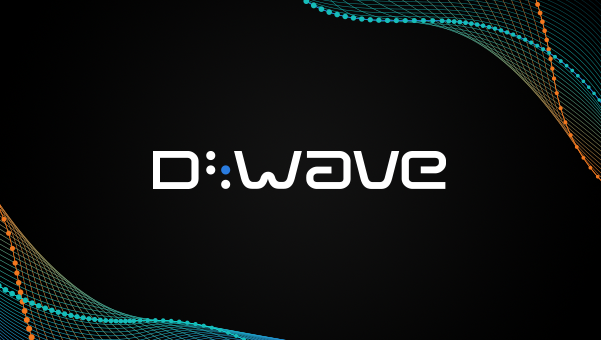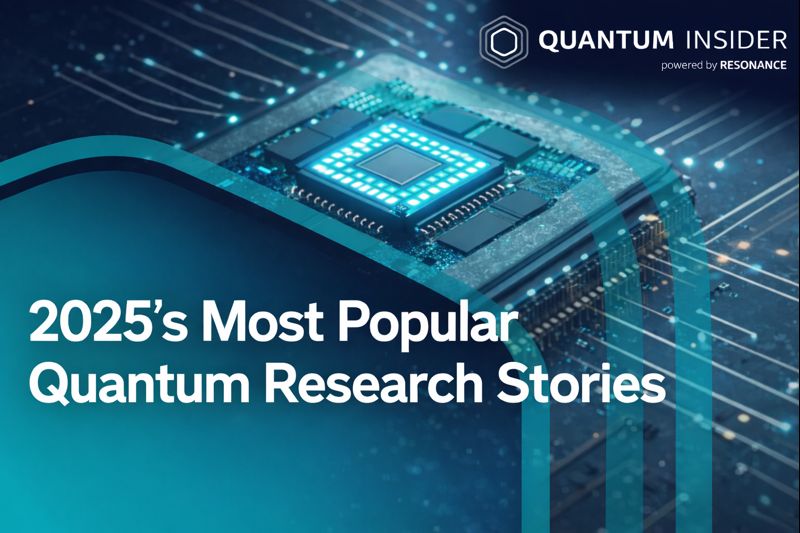Insider Brief
- Algorithmiq, in collaboration with IBM Quantum and leading theorists, announced a verified quantum simulation that outperforms classical methods, marking measurable progress toward useful quantum advantage.
- The experiment used IBM quantum processors to emulate the dynamics of heterogeneous quantum materials—systems too complex for classical simulation—confirming a verified performance gap through benchmarking by the Flatiron Institute.
- To ensure transparency and community engagement, Algorithmiq and IBM are launching the Quantum Advantage Tracker, an open leaderboard to record, verify, and challenge advances in quantum and classical computation.
- Photo by analogicus on Pixabay
PRESS RELEASE — Helsinki- and London-based quantum firm Algorithmiq, in collaboration with IBM Quantum and supported by leading theorists from the Flatiron Institute, EPFL, and the University of Ljubljana, today announces a significant leap toward useful quantum advantage.
A Physically Meaningful Quantum Use Case that Challenges the Limits of Classical Computation
Algorithmiq has designed a physically meaningful quantum computing use case: the simulation of heterogeneous quantum materials, which are systems composed of regions with different local properties, where disorder and irregular connectivity govern how information flows. These are the same mechanisms that underpin real materials.

Designed and theoretically studied by Algorithmiq, the model displays all the hallmarks of an empirically hard problem to simulate with classical methods. Working closely with IBM experimentalists, the team realized it directly on IBM’s quantum processors, turning the hardware itself into programmable quantum matter. This is precisely the idea that Nobel laureate Richard Feynman envisioned in 1982: simulating quantum matter on a digital quantum processor with reconfigurable parameters.
In this experiment, today’s quantum processors successfully emulate operator dynamics – the quantum version of how information spreads and localizes – in a way that classical simulations can no longer reproduce. The results were benchmarked against the best classical methods from the Flatiron Institute, establishing a verified gap in performance and marking the beginning of a new, open competition between quantum and classical computation.
Building Quantum Advantage Through Collective Benchmarking
To make this progress openly verifiable, Algorithmiq and IBM are also launching the first Quantum Advantage Tracker, unveiled during the State of the Union keynote at IBM’s Quantum Developer Conference on the 12th November, Atlanta.
This Quantum Advantage Tracker will be a living record of quantum and classical progress; an evolving benchmark where results are published, verified, and challenged by the academic and technological community. Teams are invited to contribute to furthering quantum progress by contributing to and engaging with the first-of-its-kind Tracker.
“At IBM, we believe the era of quantum advantage is within reach and that rigorous scientific verification will confirm this by the end of 2026,” said Jay Gambetta, Director of IBM Research. “Alongside our partners at Algorithmiq, we are demonstrating exciting new results that are challenging leading classical methods and we are now submitting these results to a community-driven advantage tracker. I look forward to seeing how both the quantum and classical simulation communities push science further and test these and other results for quantum advantage.”
Professor Sabrina Maniscalco, CEO and co-founder of Algorithmiq, said: “We are no longer chasing a single ‘moment’ of quantum advantage. We are building an experiment that never really ends – one that invites the entire ecosystem to define where the classical ends and the quantum begins.”
Significance of Defining Quantum Progress
From the TOP500 to MLPerf, leaderboards have long driven progress in classical computing and AI.
Quantum computing now enters its own benchmark era. However, unlike speed rankings, quantum advantage is not a point in time but an interval – a period during which no known classical algorithm can match a verified quantum result.
Unlike a speed record, quantum advantage is not a point in time but an interval – a period during which no known classical algorithm can match a verified quantum result. When classical methods catch up, the interval closes, and a new challenge begins. Progress becomes a dialogue between quantum and classical science, not a competitive victory.


















